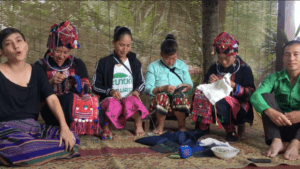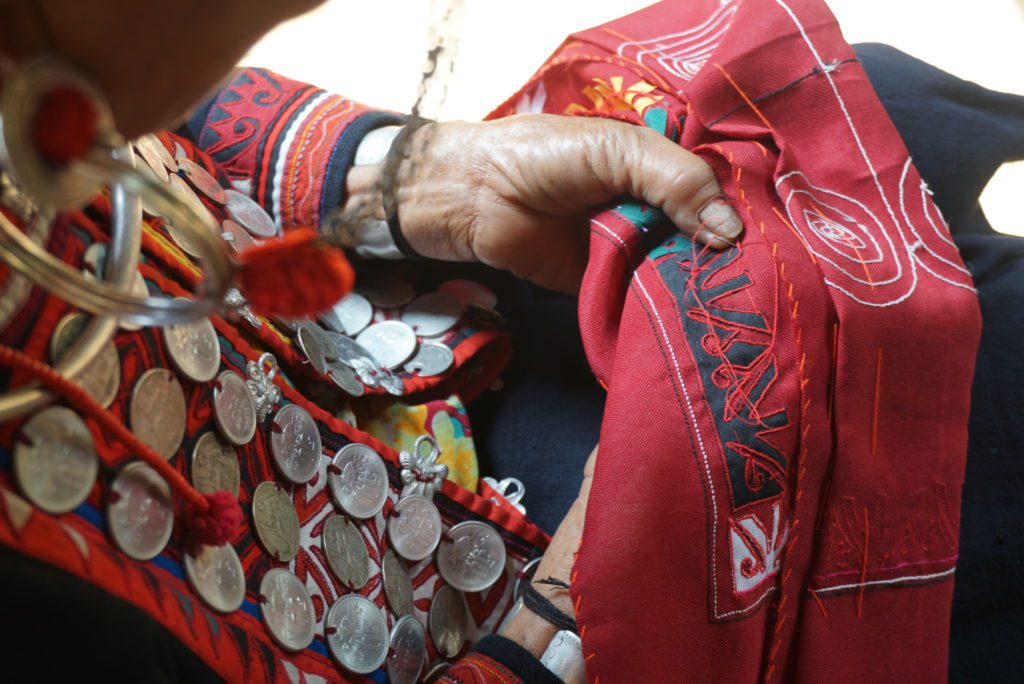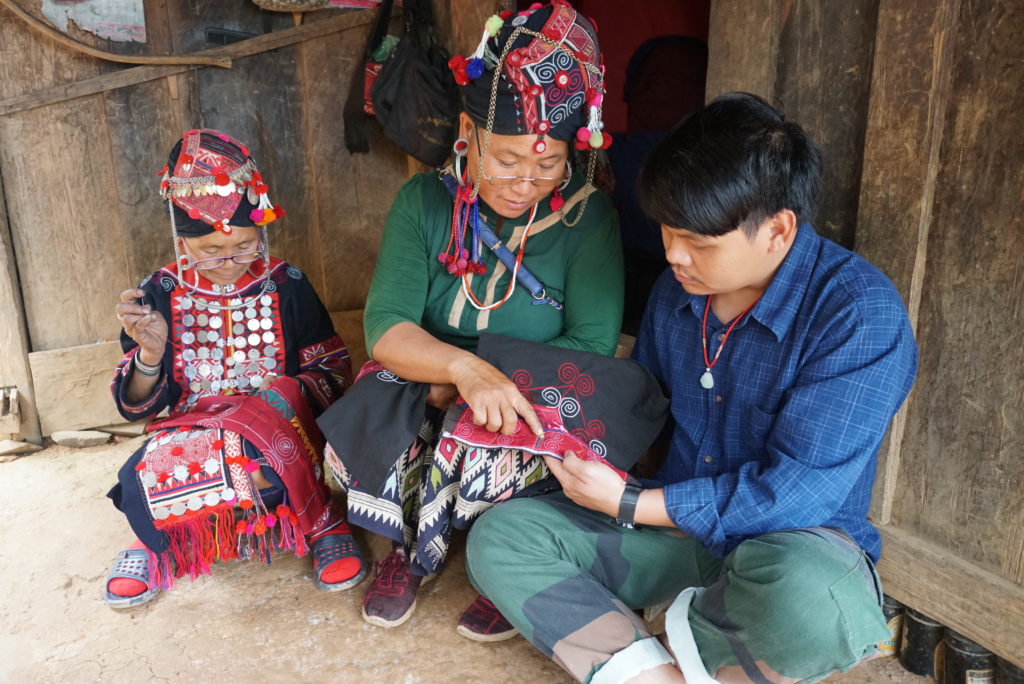No products in the cart.
Cultural intellectual property rights®️ (CIPR) are a proposal for a new generation of rights related to Traditional Knowledge (TK) and Traditional Cultural Expressions (TCEs). They recognise guardians and custodians of TK and TCEs and offer legal protection against misappropriation and misuse for an indefinite period of time.
With relevance to the fashion and textile industry, CIPR are designed to protect the intellectual work of artisans, craftsmen and craftswomen, and to offer a form of compensation for their contribution to the survival of cultural heritage by transmitting traditional designs, traditional techniques, and traditional cultural expressions from generation to generation.
Existing intellectual property laws do not offer a globally recognised tool for this kind of legal protection so the term “cultural intellectual property rights” was introduced by Monica Boța-Moisin (2016) and the Cultural Intellectual Property Rights Initiative® (CIPRI). The aim of promoting Cultural Intellectual Property Rights is for international law to change to ensure custodians of Traditional Knowledge (TK) are treated with fairness and equity and Traditional Cultural Expressions (TCEs) are not commercially exploited to the detriment of the source communities.
Learn more at: www.culturalintellectualproperty.com







